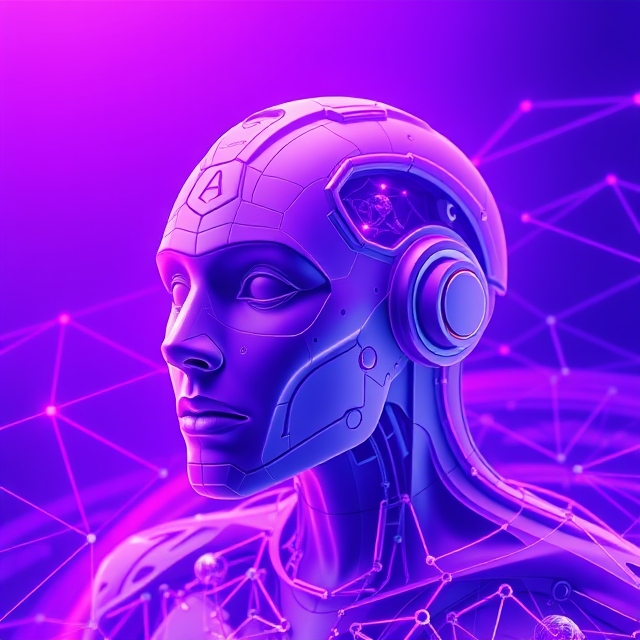Combining Retrieval-Augmented Generation (RAG) with Knowledge Graphs (KG) offers a promising pathway to developing advanced AI systems with near-human capabilities. This integrated approach leverages the strengths of both deep learning and structured knowledge representation, enhancing the functionality of large language models (LLMs).
Enhanced Reasoning and Contextual Understanding
Knowledge Graphs provide a structured representation of relationships between entities, which complements the vector-based retrieval mechanisms of RAG systems. While vector embeddings are efficient for identifying relevant information, knowledge graphs enable multi-hop reasoning and deep contextual understanding, facilitating more nuanced responses and handling complex queries requiring logical inferences across diverse data sets.
For instance, Coeus Metis Labs emphasizes that integrating KGs into RAG systems addresses the limitations of LLMs, such as difficulties in multi-step reasoning and providing contextually accurate answers. This integration is particularly beneficial for tasks requiring comprehensive understanding and synthesis of information from multiple sources.
GraphRAG: A Case Study
GraphRAG represents an advanced implementation of this hybrid approach. In this system, LLMs generate knowledge graphs from source documents. These graphs are then organized into semantic clusters using the Leiden algorithm, which aids in efficiently navigating the graph to locate relevant information. This method enhances both the comprehensiveness and diversity of answers, making it particularly suitable for addressing high-level, multi-hop questions.
Real-World Applications and Advancements
NebulaGraph’s Graph RAG exemplifies the effectiveness of combining KGs with LLMs to enhance search results by providing more accurate and contextually rich information. This approach is especially useful in scenarios requiring a deep understanding of entity relationships to generate relevant answers.
Ontotext highlights that Graph RAG can transform chatbots, natural language querying, and information extraction by delivering more precise and contextually relevant responses. This method significantly reduces the tendency of LLMs to produce erroneous or hallucinated responses, as the generated answers are firmly grounded in the structured information provided by the knowledge graph.
Future Perspectives
The integration of RAG with KGs is poised to revolutionize content generation systems. By combining the deductive reasoning capabilities of KGs with the inductive learning strengths of deep learning models, these systems can achieve a more human-like understanding and generation of content. This convergence is expected to enhance a variety of applications, from customer service to complex data analysis, by providing more reliable and contextually aware AI-driven solutions.
In summary, the synergy between RAG and KGs represents a significant advancement in AI, bridging the gap between structured knowledge representation and the generative capabilities of LLMs. This hybrid approach not only enhances the accuracy and relevance of generated content but also brings us closer to developing AI systems with human-like reasoning and understanding.


